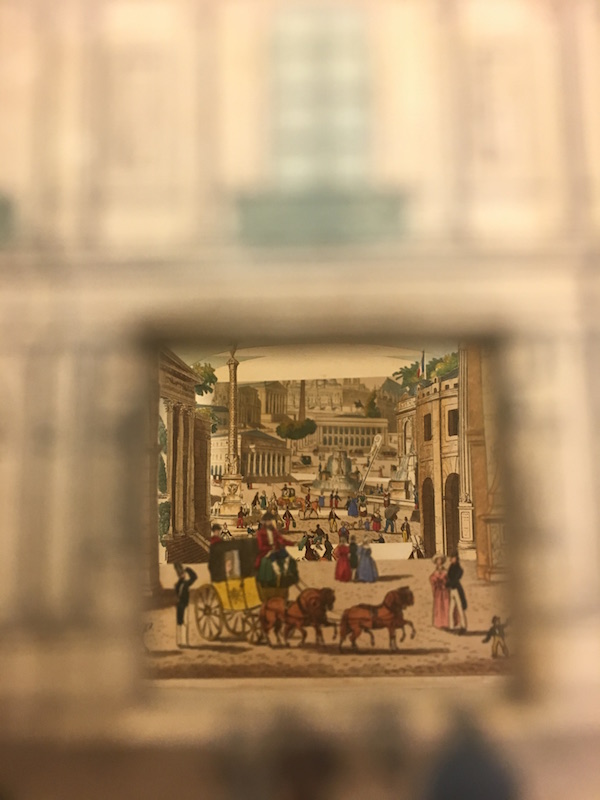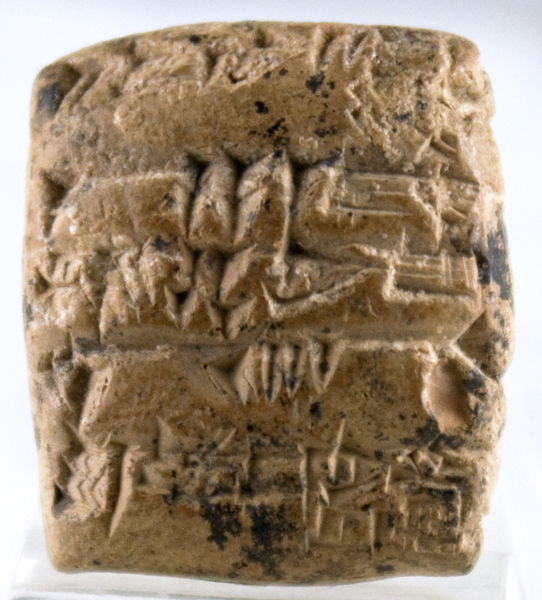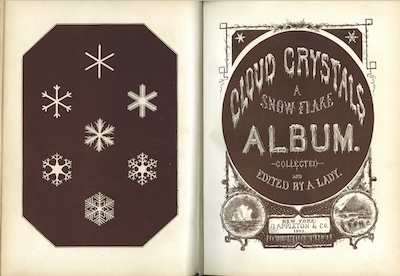This post should come as no surprise to our Stacks & Tracks listeners, as our theme for the first episode of the semester was our newly acquired peep shows!
Peep shows burst onto the European scene in the early 19th century with Austrian printer Heinrich Friedrich Müller’s first “Teleorama” in 1825. These tunnel viewers became immensely popular in Germany, Austria, France, and England, and we are now the proud custodians of examples from the latter two countries.

The first, “A view of the tunnel under the Thames as it will appear when completed,” depicts a projected view of the first tunnel under a river ever constructed. This peep show offered a glimpse into the future as it was printed in 1829, and the tunnel was not completed and opened to the public until 1843.

The accordion structures unfold to display perspective views to captivate and entertain audiences.

The second, a French peep show from around 1836 with the Les Tuileries Palace on the front features three viewing options.

Through the center square we see pedestrians, carriages, and equestrians on the streets of Paris, with monuments and churches, fountains and buildings, representing the best of the city.

The left and right cutouts complete the picture with views of gardens.


If you missed today’s show, be sure to listen to WRMC Wednesdays from noon to 1pm. And come peep these peep shows yourself in our reading room from 1-5 Monday through Friday.

RBMS TF238. T47 V54 1829
RBMS DC782. T9 O68 1836







